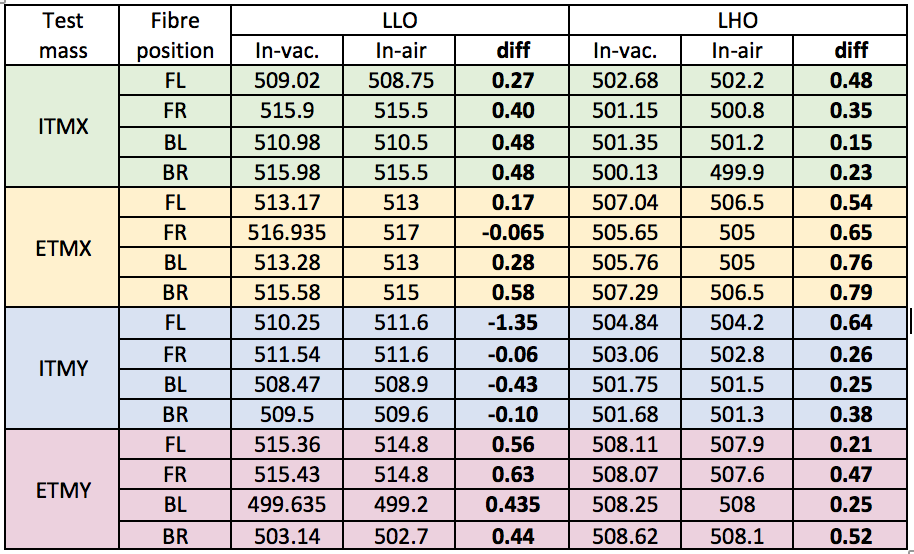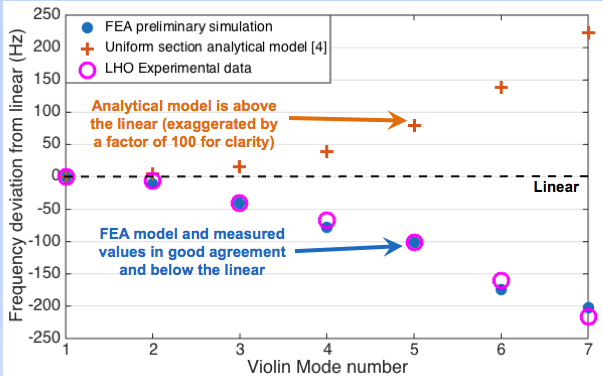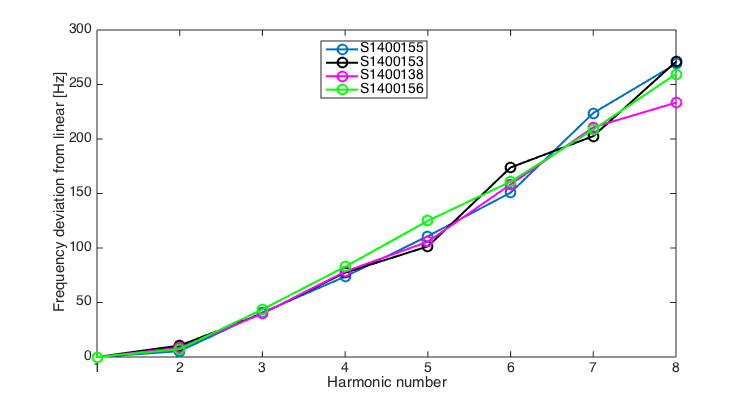WP7162 Sheila, Patrick, Jeff, Dave:
h1susauxh56: latest version of this code was installed.
h1susopo: DACKILL part in OFI was removed.
h1isiham2: new IPC sender channels (qty 4) added.
h1isiham5: new IPC channels (qty 2), DAQ changes, 12 fast channels added to frame.
h1isiham6: new IPC channels (qty 5), DAQ changes, 12 fast channels added to frame.
h1oaf: IPC receivers added.
Sheila and Patrick updated the SQZ beckhoff PLC DAQ ini file. I added it to the DAQ for the first time.
DAQ was restarted to resync with: h1susauxh56, h1susopo, h1isiham[5,6], h1oaf, H1EDCU_ECATC1PLC4
Restarts were unremarkable, partial second trend file was renamed as per normal procedure.
































